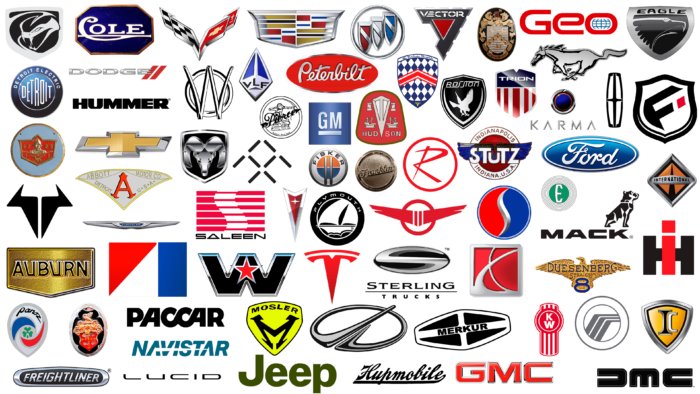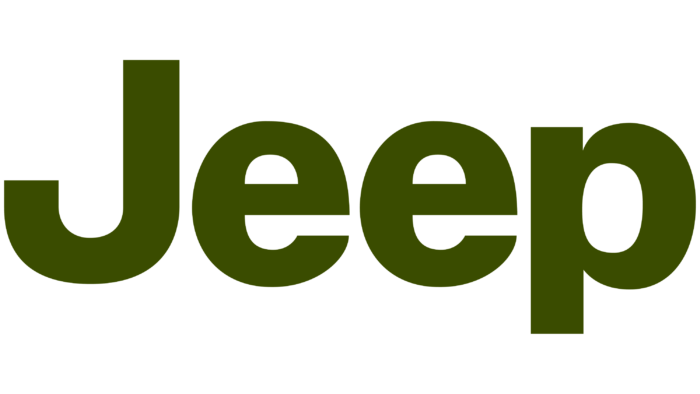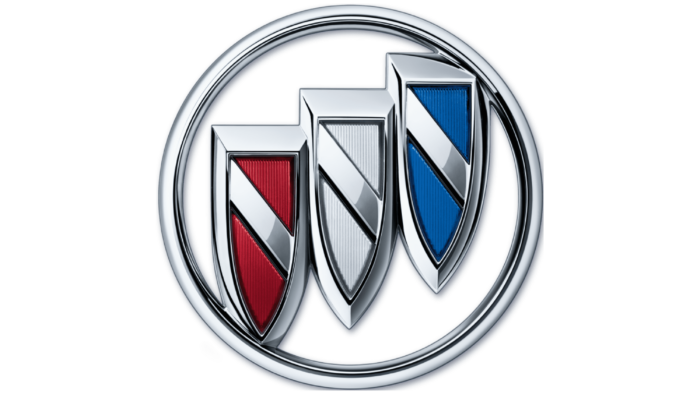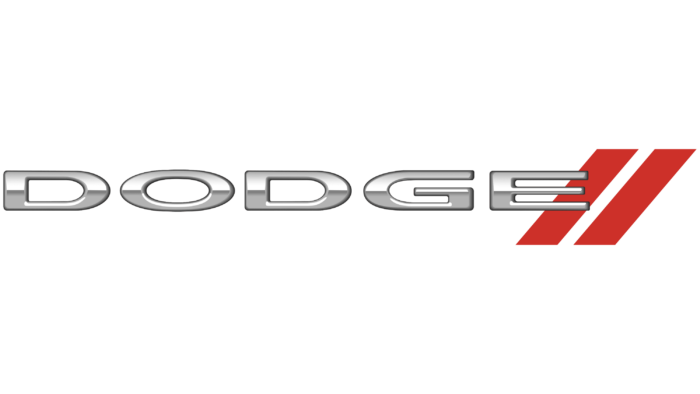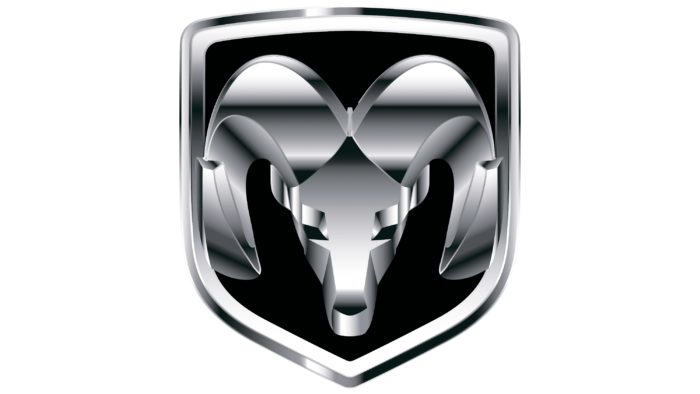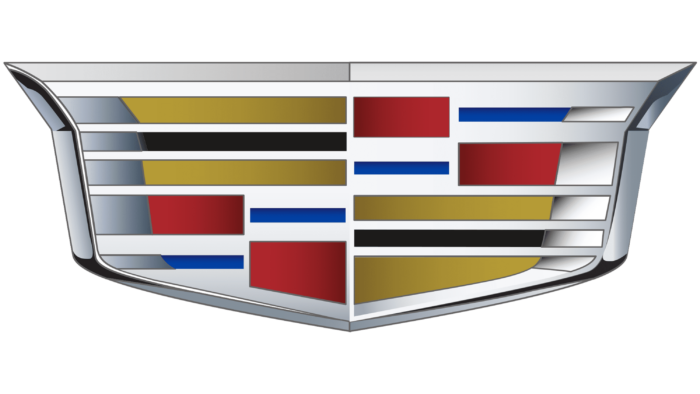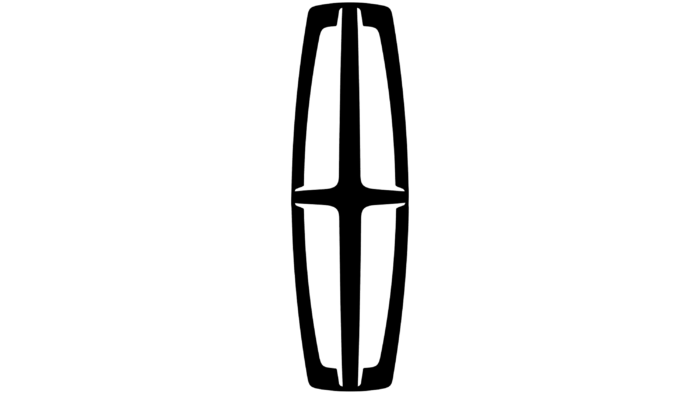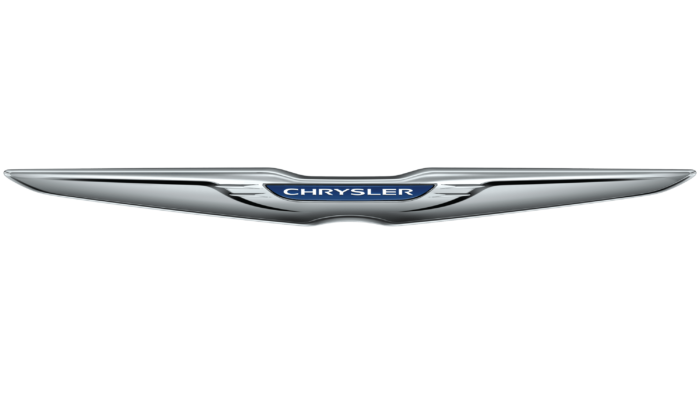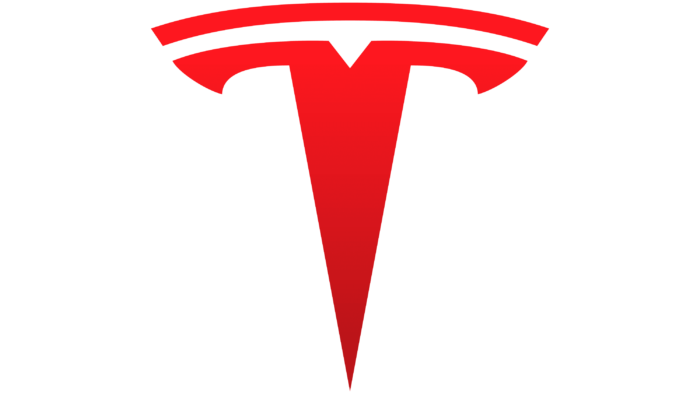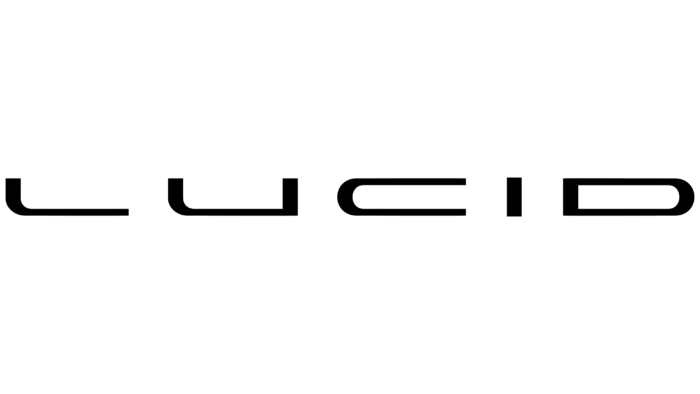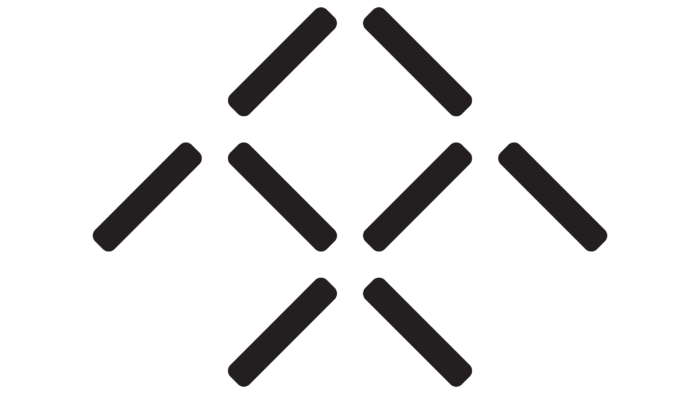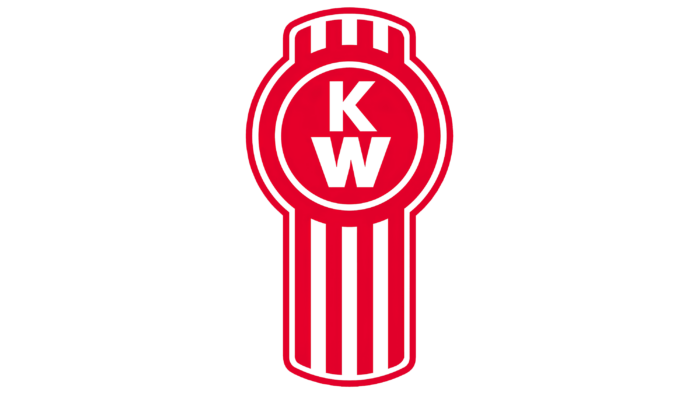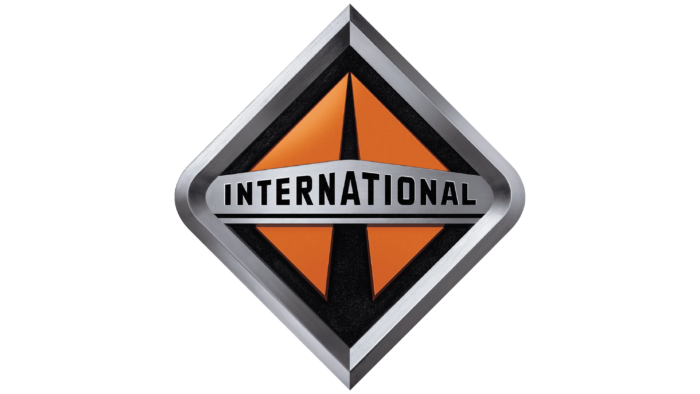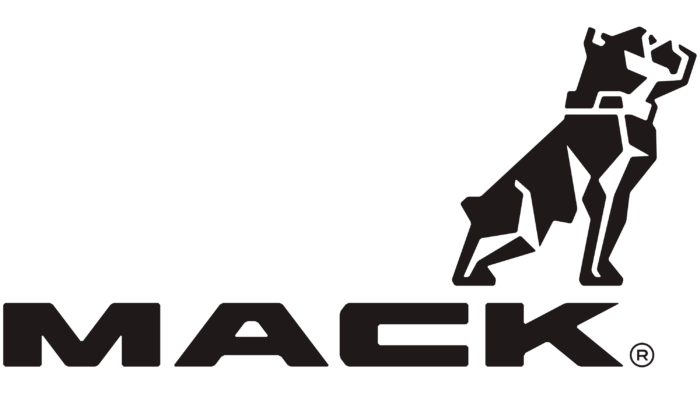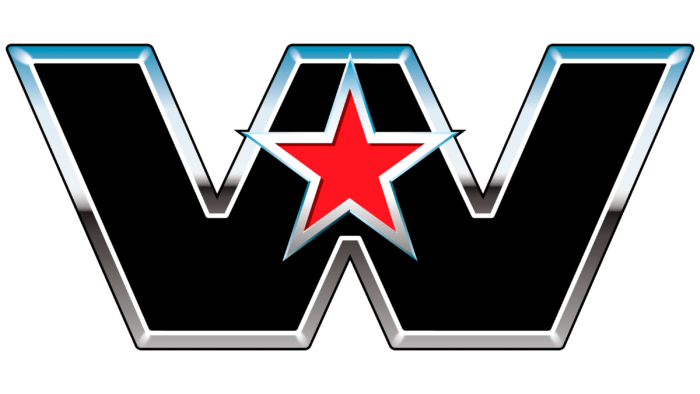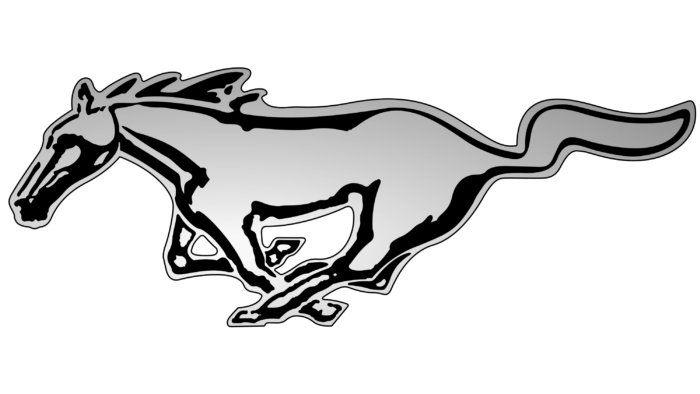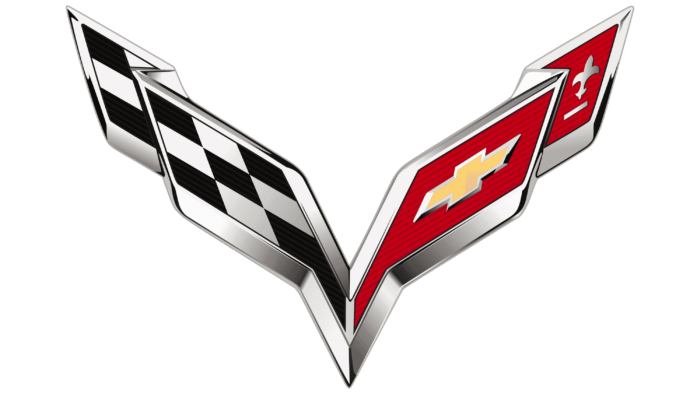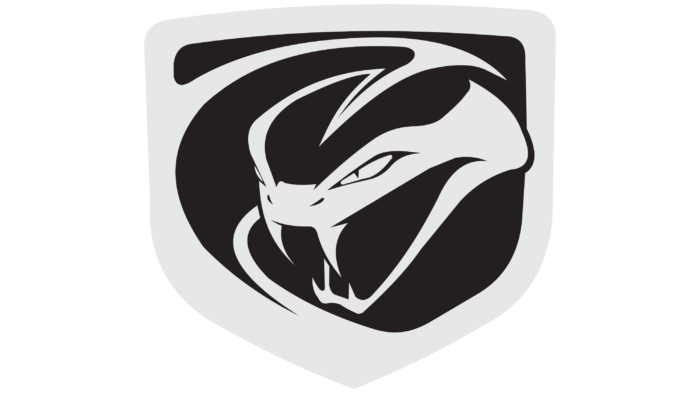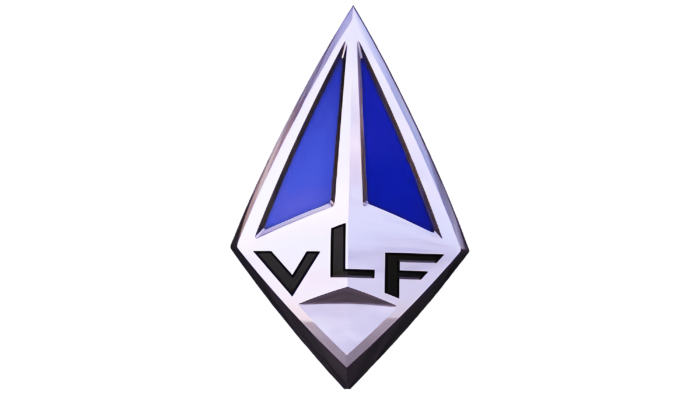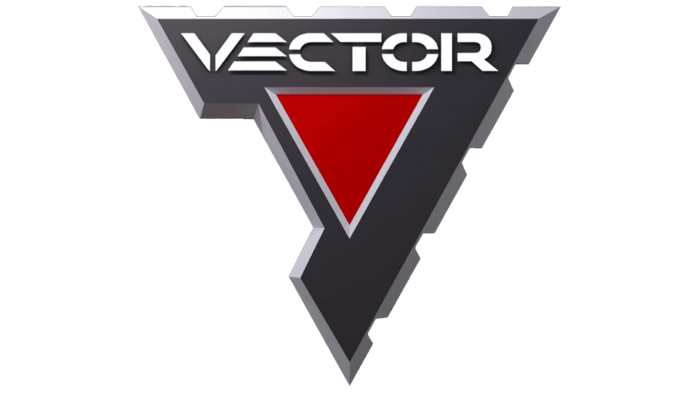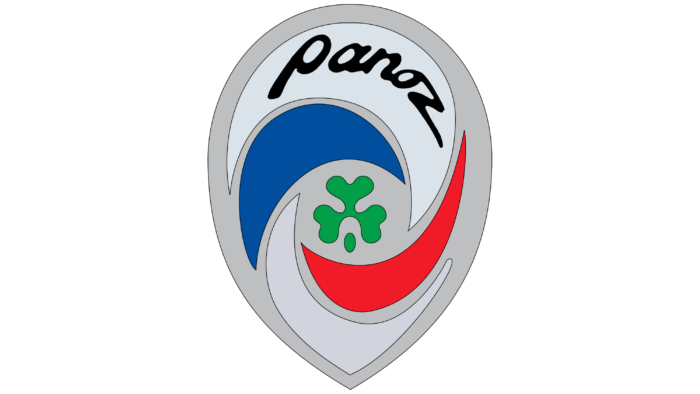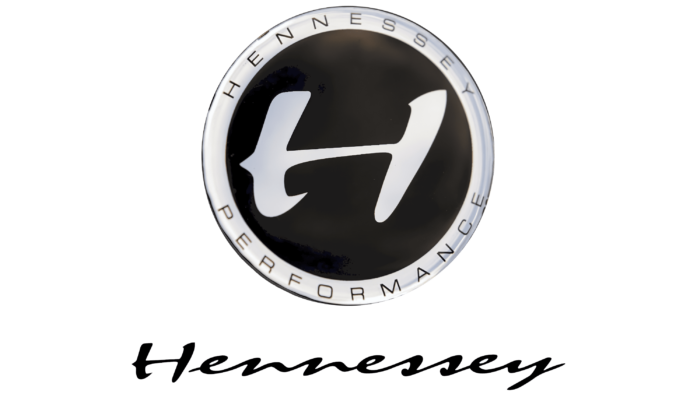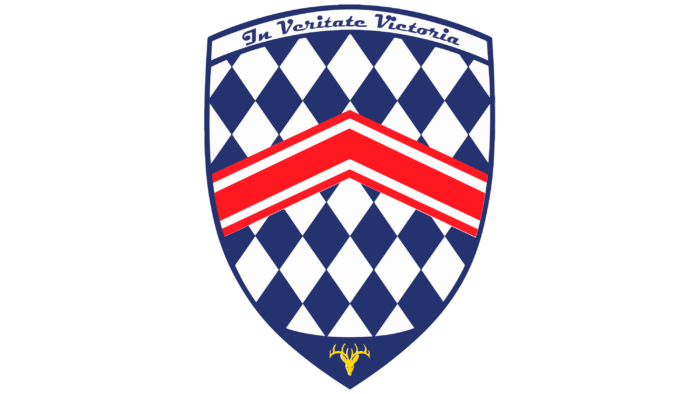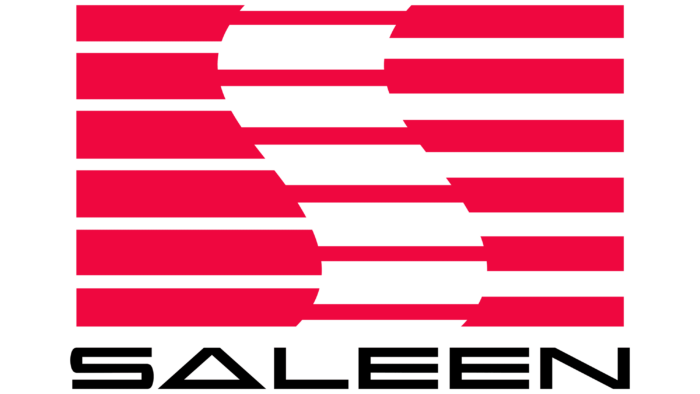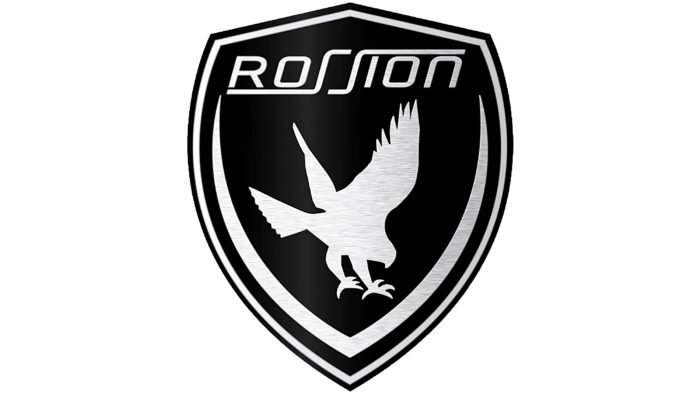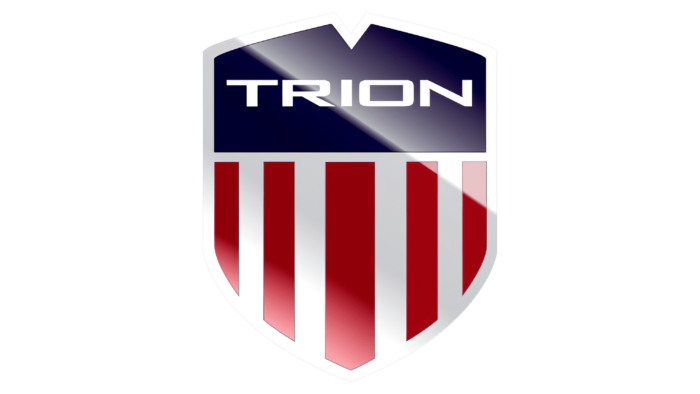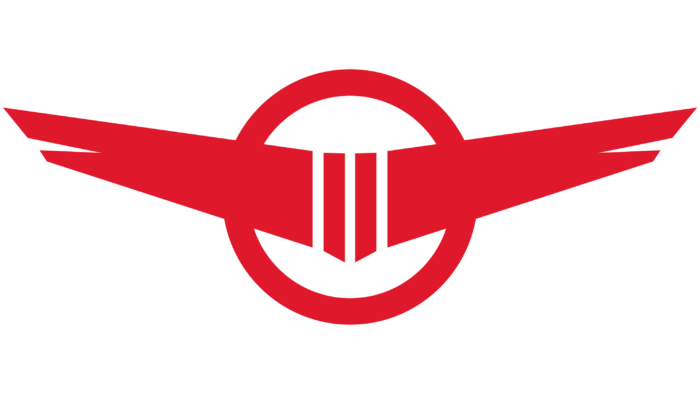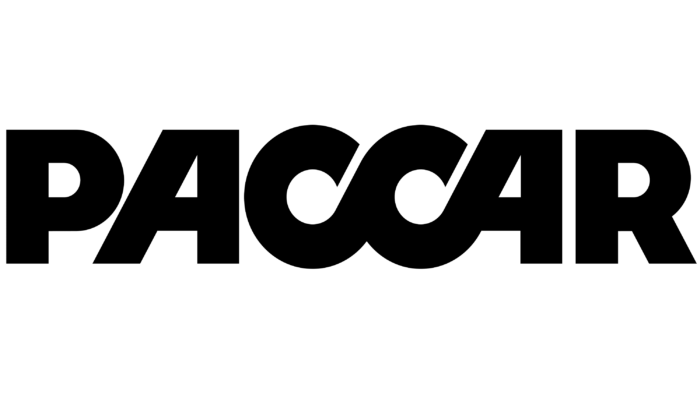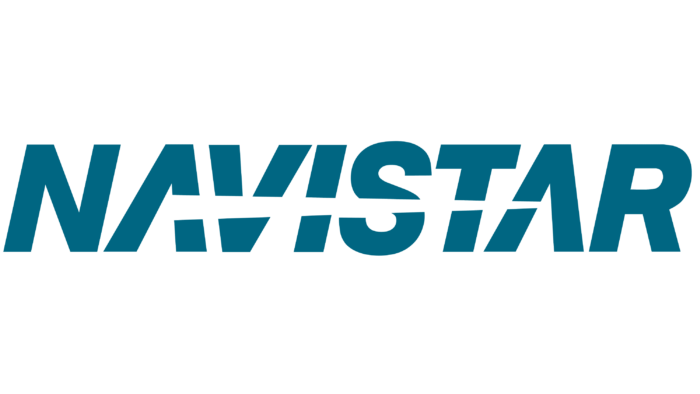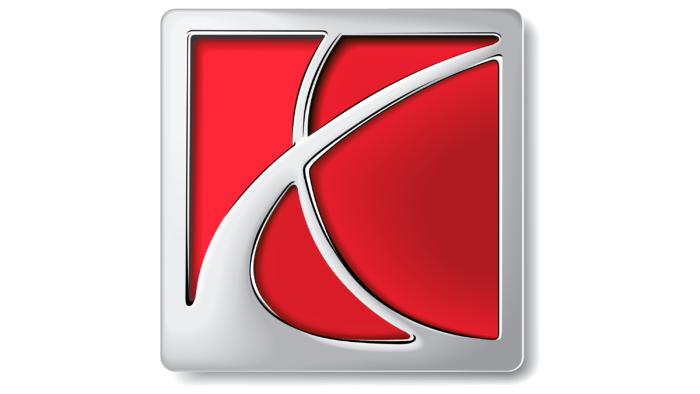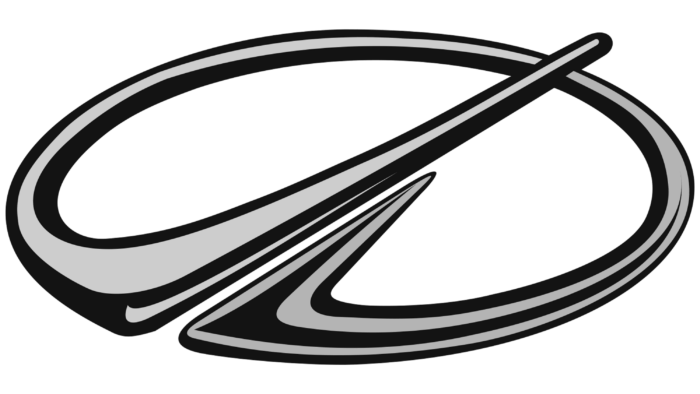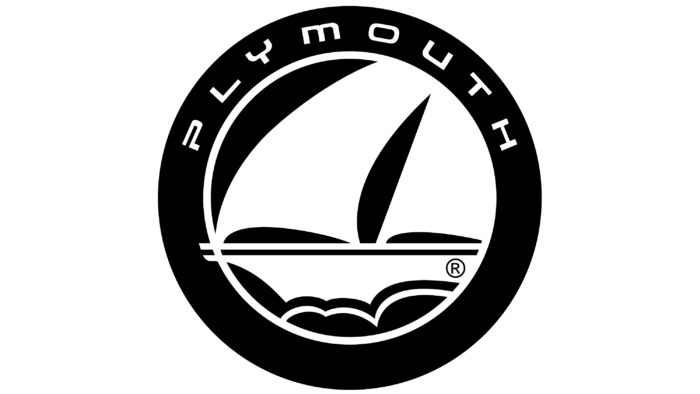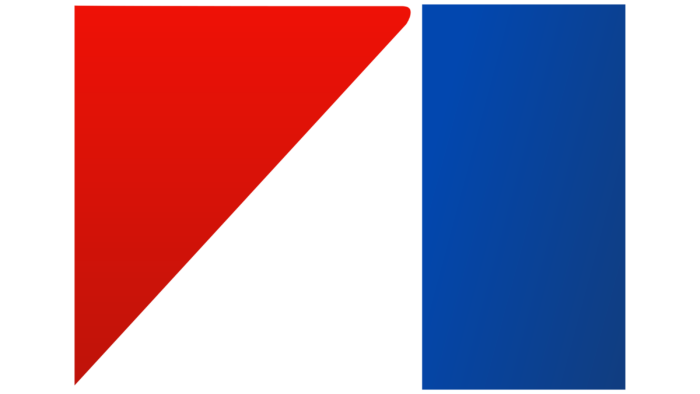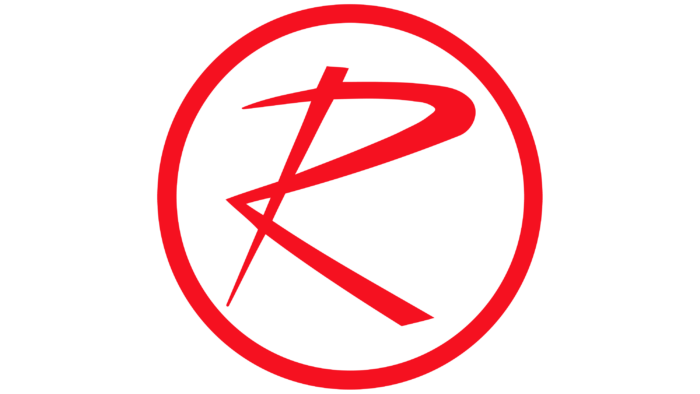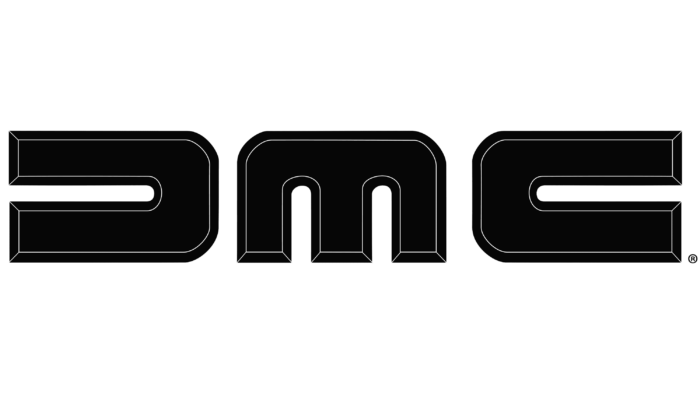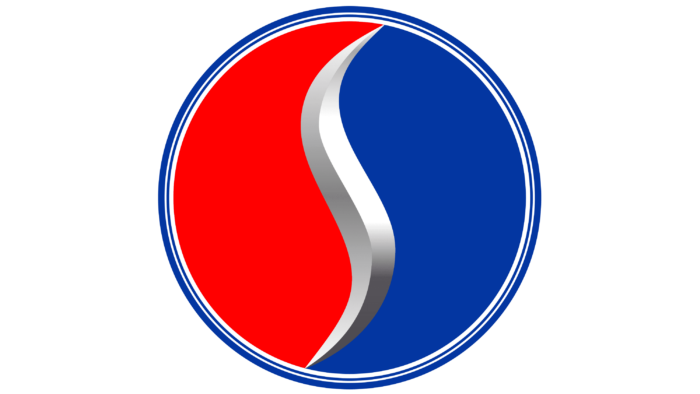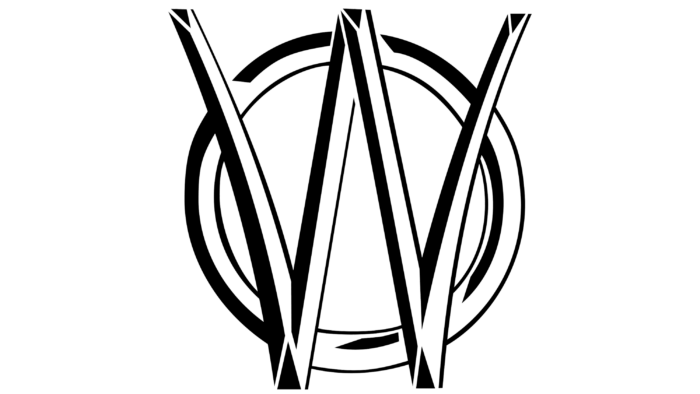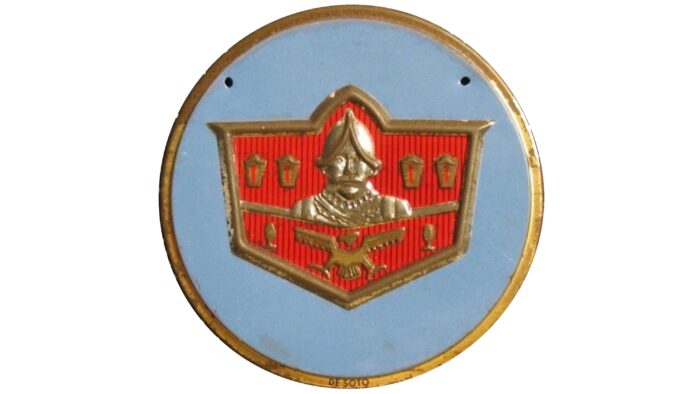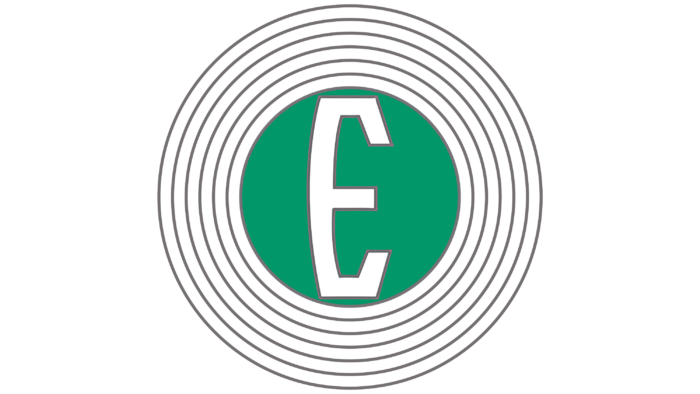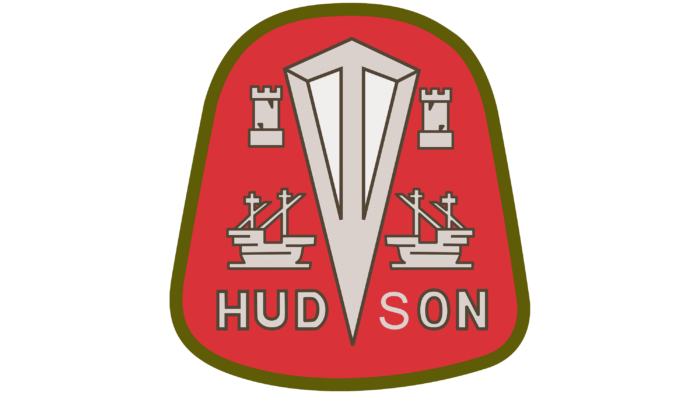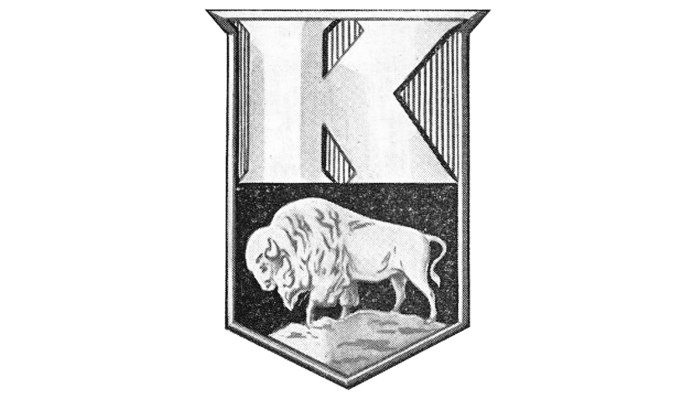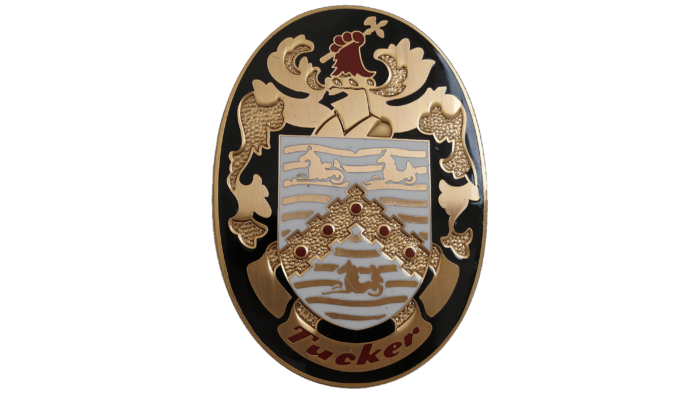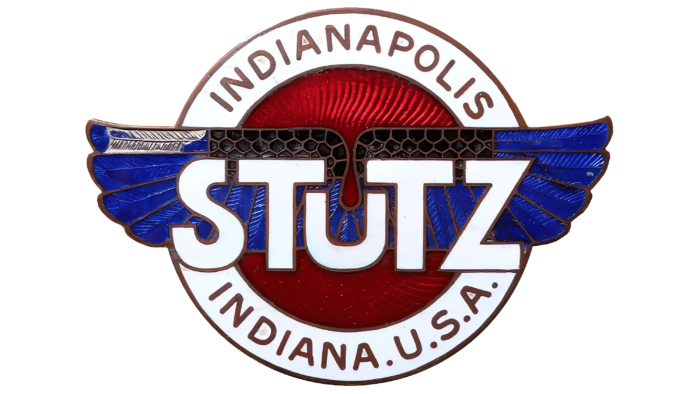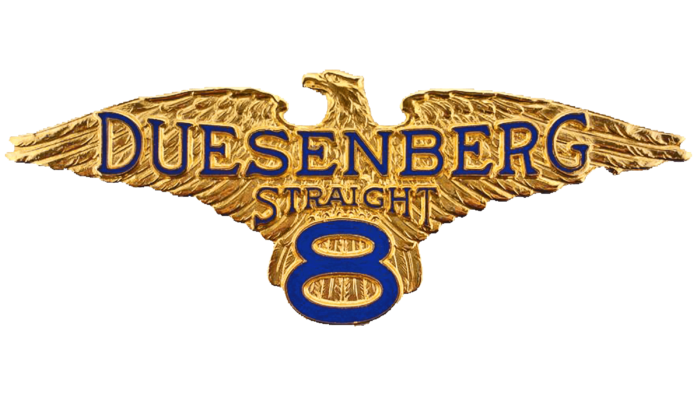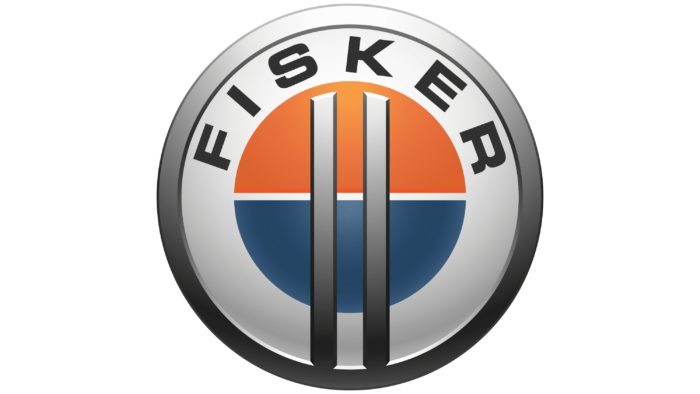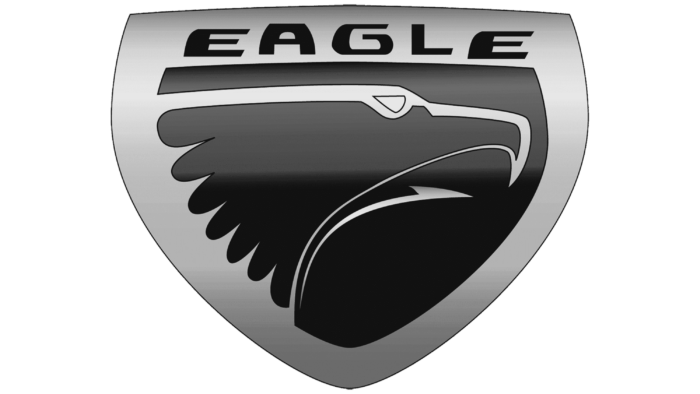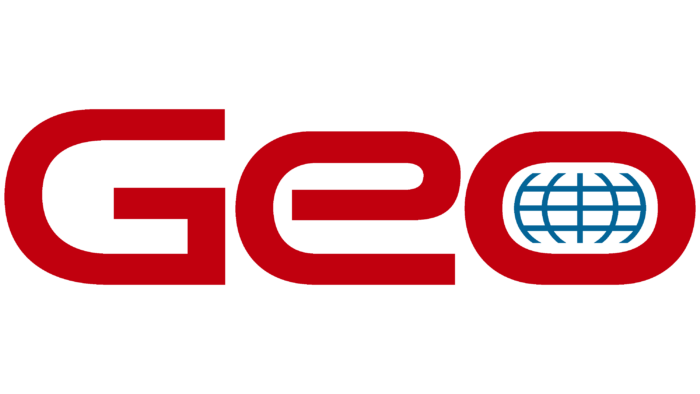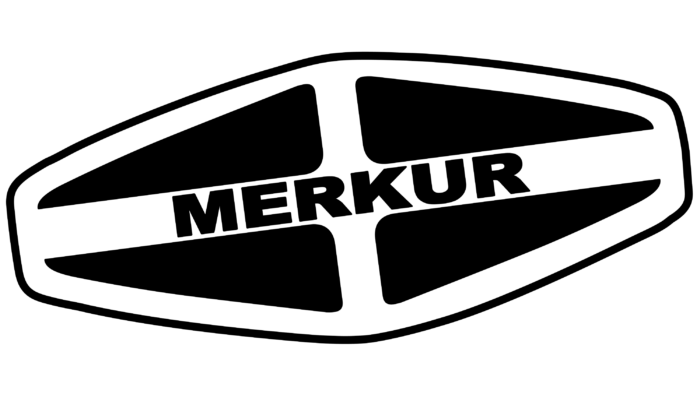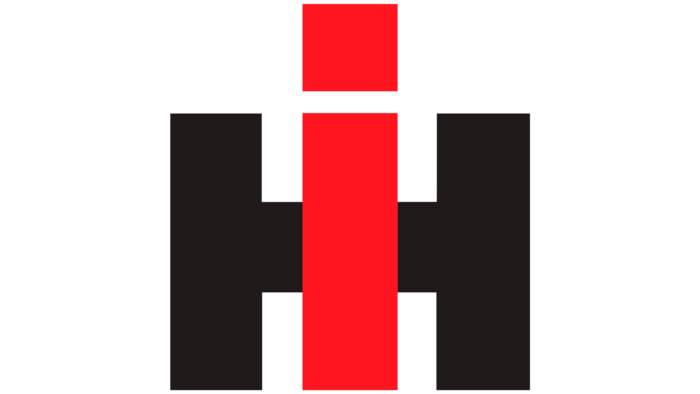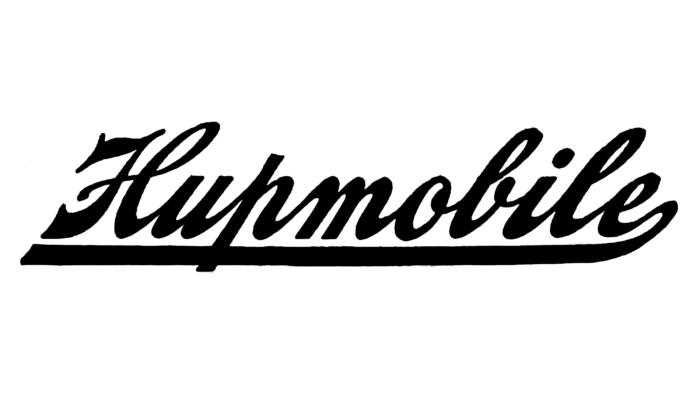The U.S. auto industry ranks second in the number of cars produced, second only to China. Since the 1890s, there have been about 1,900 large and small car manufacturers in the country, but some disappeared, merging into corporations. As a result, the market has been taken over by the so-called “Big Three,” who own many automobile brands. They are Ford Motor Company, Stellantis North America, and General Motors, the annual sales leaders based in Detroit. Because of their financial strength, they are among the few who survived the Great Depression.
What are American automobile brands?
The most influential American automakers are members of the “Big Three” – the giants of the automobile market. They are Fiat Chrysler US, Ford, and General Motors. They own many car brands manufactured in the US.
Popular Car Brands
US automakers have influenced the social status of the market in different ways. While General Motors initially focused on luxury models, Ford sought to make cars universally available. This was the starting point of the mass market in the automobile market. The “big three” and lesser-known brands represent the low-cost car segment.
Ford
Ford is a brand belonging to one of the largest automakers in the United States. Its foundation was laid in 1903 when Henry Ford remodeled his factory and registered Ford Motor Company. It is a family business passed down through inheritance. The company offers a wide range of cars and markets in different countries.
Chevrolet
Chevrolet is a division of General Motors Company that produces mass-market cars. Its predecessor was the Chevrolet Motor Car Company, which Louis Chevrolet and William C. Durant founded in 1911. The founders disagreed over design, so Louis sold his share and quit. The brand named in his honor continues to exist and breaks world sales records.
Jeep
The manufacturer of Jeep cars is the Italian-American company Fiat Chrysler Automobiles N.V., registered in the Netherlands. The main owner of the brand is a representative of the “big three” Stellantis North America. The first Jeep prototype appeared in 1940. It was a Bantam BRC created by engineer Carl Probst for the US Army.
GMC
Various models represent vans, trucks, pickup trucks, and SUVs produced under the GMC brand. They are manufactured by General Motors, one of the top three leaders in the US auto industry. In the past, GMC was called Rapid Motor Vehicle Company and was owned by Max Grabowski.
Buick
The Buick brand is named after airship inventor and salesman David Dunbar Buick, who built his first automobile in 1901 and founded the Buick Motor Car Company in 1902. In 1908, the company became part of General Motors and has been a company division ever since. Its main focus is relatively inexpensive mid-size cars.
Dodge
The Dodge brand was founded in 1900 and 14 years later became a part of Chrysler. It is part of the Fiat-Chrysler LLC concern, which Stellantis North America owns. Until 1914, the Dodge plant produced components for passenger cars. It is a popular brand of passenger cars, minivans, and crossovers.
RAM
The RAM pickup truck manufacturer, owned by Fiat Chrysler Automobiles, debuted in 1981. The first generation of vehicles was based on Dodge pickup trucks and featured a different design. The second generation appeared in 1994. It was a model with increased payload capacity. Subsequent lines had different equipment and were constantly being improved.
Luxury Car Brands
Representatives of the “big three” of the American car industry compete in the luxury car market. Stellaris North America has Chrysler in this segment, Ford Motor Company has Lincoln, and General Motors has Cadillac. Their cars are recognized as high-status symbols.
Cadillac
Cadillac is one of the oldest automobile brands on the planet. This company was founded in 1902 and established itself as the first manufacturer of high-end cars in the United States. Since 1909, it has been a part of the General Motors concern. Luxury cars like Cadillac are in demand in North America but are represented worldwide: they can be purchased in 50 countries.
Lincoln
Lincoln was a major division of Ford Motor Company, an independent aircraft engine company, until 1922. Its creator, engineer Henry Leland, wanted to produce luxury cars, but he sold the business due to lack of money. He named the brand Lincoln after his favorite political figure.
Chrysler
Chrysler produces high-performance cars that are famous in America and beyond. This brand name came into existence in 1925 and is owned by Stellantis North America. Advanced designs and the division of cars into price classes have made the Chrysler brand incredibly popular. Recently, the manufacturer has focused on the luxury segment of the market.
Fusion Motor Company
This American company was founded in 2012 in Los Angeles, California. It is a dealership that offers top-of-the-line luxury cars but of different types. Its specialty is a mix of old and new, foreign and domestic, which the name “Fusion” confirms. The brand works with celebrities and anyone who wants to try a wide yet unique range of luxury cars.
Electric Car Brands
Only a few companies produce electric cars in the US, but that doesn’t stop them from occupying many automotive market segments – from full-size and incredibly powerful vehicles (including the Sport Utility Vehicle class) to small hot hatches. They conquer not only by progressive technologies but also by super stylish design.
Tesla
Tesla is the world’s most famous electric car manufacturer. It bears the name of physicist and inventor Nikola Tesla. The Tesla Motors brand was incorporated in 2003 by two entrepreneurs. Most of the investments came from Elon Reeve Musk, who is currently the owner of the company. The presentation of the first Roadster model took place in 2006.
Karma
The private company Karma Automotive specializes in the production of luxury electric cars. It was created in 2015 after Fisker Automotive filed for bankruptcy. Karma’s first car, Revero, debuted in 2016.
Lucid
Lucid Motors was founded in 2007, but as of 2021, it has not produced a single car. It does not have sufficient funds to enter the market fully. Lucid’s plant, estimated to cost $700 million, is under construction. Once completed, the manufacturer will release its first luxury sedan, the Air. This electric car is expected to be the main competitor of Tesla cars.
Faraday Future
The startup Faraday Future was named after the fundamental law of electromagnetism. Its creator, Jia Yueting, had big plans to produce electric cars despite the lack of funding. In January 2021, the company’s executives announced that it was joining Property Solutions Acquisition Corp.
Brammo
Brammo Corporation produces electric motorcycles and traction motors. In 2015, Polaris Industries took over the motorcycle business, and two years later, Cummins acquired the remaining assets. Brammo’s history includes automobiles, including the Enertia GT battery electric vehicle.
Truck Brands (Heavy and Medium-duty)
There is an entire culture of long-haul trucks in the United States, although there aren’t many manufacturers. The list of companies that produce legendary heavy equipment includes Marmon-Herrington, Sterling, Brockway, Autocar, Mack, Western Star, Caterpillar, Freightliner, and Kenworth – well-known brands with years of experience.
Freightliner
The first Freightliner truck appeared in 1942. The first line of heavy vehicles belonged to the logistics company Consolidated Freightways. Then, the carrier was forced to sell its automobile brand to Daimler AG Corporation, of which it is still a part.
Peterbilt
Peterbilt tractor-trailers and ballast trucks are manufactured at the company’s plants in St. Theresa, Canada, Denton, and Madison, USA. Paccar Corporation owns the company.
Kenworth
Kenworth, founded in 1912, was formerly called Gerlinger Motor Car Works and sold automobiles. Its production began in 1915. Edgar C. Worthington and Captain Frederick Kent then bought it out. The new owners renamed the company in their honor, taking the first few letters from the names.
International
International Harvester formerly owned the International brand, which manufactured cars, farm equipment, and trucks. After selling the agricultural division, the company was renamed Navistar International and focused only on trucks.
Mack
Mack is considered one of the oldest companies in the United States. It was founded in 1900 by Fallesen & Berry. This plant used to produce vans and carriages, but after rebranding, it switched to producing buses and trolleybuses. Mack is now a world-renowned manufacturer of heavy trucks.
Western Star
Western Star is a former division of the White Motor Company. It was created in 1967 and changed hands endlessly until DaimlerChrysler took over in 2000. Western Star is currently based in Portland.
Sports Car Brands
Sports cars manufactured in the USA are considered among the best in the world. Ford Mustang and Chevrolet Corvette models are especially popular: they have proven themselves in the market from the best side. The great demand for sports cars is due to their technical perfection, rich equipment, and speed of development.
Ford Mustang
Ford Motor Company has been producing the Ford Mustang since 1964. The first model was a modification of the Ford Falcon. It was a roadster with a futuristic design. The sixth generation appeared in 2015. The newest car belongs to the Pony Car class and has improved dynamic characteristics.
Chevrolet Corvette
The Chevrolet Corvette was the first sports car produced by an American manufacturer. General Motors owns the main car assembly plant in Bowling Green, which debuted in 1953 as a white roadster.
Dodge Viper
The Dodge Viper two-seat sports cars were produced from 1992 through 2017. The first roadster was produced at the New Mack Assembly plant. It owes its design to the Mitsubishi 3000GT and Tom Gale, who worked with Chrysler.
VLF
VLF Automotive is a small private company founded in 2012 under the name VL Automotive. A year later, it introduced its first model, the Destino sedan. In 2016, the company was renamed after the arrival of Henrik Fisker.
Vector
Vector cars are manufactured by Vector Motors Corporation, historically associated with Vehicle Design Force. The company’s founder is Gerald Wiegert. The brand’s first sports car went on sale in 1989.
Panoz
High-tech cars are produced under the Panoz brand. These are limited-edition sports cars, including racing and road-going versions of the Esperante. Panoz Auto Development was founded in 1989 and named after its founder, the son of pharmacist Dan Panoz.
Supercar Brands
American supercars are powerful and comfortable cars. Well-known companies produce them with a long history; less well-known ones appeared relatively recently. The former include Hennessey and SSC, and the latter—Rezvani and Trion.
Hennessey
Hennessey Performance Engineering has been modifying sports cars since 1991. The tuning studio aims to increase car power by improving mechanical components. The most famous models are the Venom 650R, Venom GT, and Venom F5.
SSC
SSC is an abbreviation for Shelby Super Cars. The company positions itself as a manufacturer of the fastest-production cars in the world. Its lineup includes two supercar models: the SSC Tuatara and the SSC Ultimate Aero.
Saleen
Saleen Corporation was founded in 1983 by a former race car driver. It started with car tuning and, in the 2000s, moved into small-scale production of race and sports cars. Recently, Saleen has been modifying cars of popular brands owned by Toyota and General Motors.
Rossion
Based in Florida, Rossion Automotive is best known for its Q1 sports car, produced between 2008 and 2018. It resulted from the modernization of the Noble M400 model, the rights the manufacturer received back in 2007. In 2013, a track version of the Q1 appeared—the Rossion Q1R. It is recognized as one of the rarest cars in the world since there are only a few copies.
Trion
Trion Supercars Group was founded in 2012 and planned to release its first car in 2021, introducing a full-scale concept model in four variants.
Rezvani
Rezvani Motors is a sports car manufacturer That has existed since 2014. Its main project is the Beast, a sports car based on the Ariel Atom. The mirrors, headlights, and other car parts are 3D printed.
Commercial Vehicles Brands
In addition to the “big three” leading the automotive market (Ford Motor Company, Stellantis North America, and General Motors), there are other major manufacturers in the United States. For example, Paccar Corporation, which owns heavy trucks, or Navistar, a company with the same specialization.
General Motors
General Motors represents the so-called “big three” automobile manufacturers in the United States. The largest corporation was formed in 1908 from smaller companies that decided to merge. Having gone through bankruptcy proceedings at the beginning of the XXI century, it was revived, but the old GM was renamed Motors Liquidation Company.
Paccar
Paccar represents the automotive industry, more specifically, the heavy truck industry. It owns several subsidiaries, including DAF Trucks, Peterbilt, and Kenworth.
Navistar
Navistar is the successor of the oldest truck manufacturer, International Harvester, which appeared in 1902. In addition to trucks, the current company produces armored vehicles, buses (including school buses), and Ford V8 engines. The company is headquartered in Warrenfield, Illinois.
IC Bus
IC Bus is a subsidiary of Navistar. It entered the market in 2002 but previously had two predecessors, AmTran and Ward Body Works. The company specializes in school and commercial buses.
Defunct Car Brands
Mercury
One of the many divisions of Ford Motor Company is the Mercury brand of trucks and cars. This brand was established in 1938 to produce vehicles of its design. However, over time, the basis for its cars became Ford models, which destroyed Mercury’s identity and independence. In the last years of its existence, the manufacturer acted in conjunction with the Lincoln brand. Together, they were part of one branch – Lincoln-Mercury. This continued until 2011, when the last car of this luxury brand came off the assembly line. At that moment, the history of Mercury and its white-gray logo ended: a double circle with three curved lines inside. As with many other automakers, these stripes symbolized speed and movement.
Pontiac
The name of the Pontiac automobile company was taken from U.S. history. It bears the name of an Indian chief who participated in the war against the colonists. Indeed, it was originally known as the horse-drawn wagon manufacturer Pontiac Spring and Wagon Works. Later, the name was changed, and passenger cars were added to the range. The first automobile was introduced in 1907. From then on, the company produced Oakland models until 1926, when it released a car under its brand name. This year is considered the official year of Pontiac’s founding.
The company produced various models but eventually went bankrupt. In 2010, its dealer contracts expired. However, the brand’s logo is always on the rumor because it is very similar to the emblem of the U.S. Space Forces. It is based on a red-silver three-dimensional symbol of a delta with a four-pointed star. It seems that the designers of the space community simply turned this sign upside down.
Saturn
General Motors owned many divisions, including Saturn. This brand did not depend on the parent company in any way: it had its own sales network and car production line. In addition, it was guided by a personal concept, which was realized in 1985. The essence of the ambitious project was to produce compact cars. They were in demand, but General Motors considered the existing sales volume insufficient. Dissatisfaction reached the point that GM executives tried to sell Saturn to Penske Holding. As a result, the deal collapsed, and the brand was declared bankrupt. Experts do not exclude that it can still recover, and shortly, cars decorated with red-silver square logos with Saturn rings will return to the market.
Hummer
The basis for the creation of Hummer was a military vehicle, the HMMWV. Developers made it civilian so that it could be driven by servicemen of the U.S. Army and all fans of reliable, highly passable off-road vehicles. General Motors took up the production of Hummer models but, after a decline in sales, decided to get rid of this brand. It did not find buyers, and 2010 GM completely liquidated the famous division. In the memory of Hummer, it remained only a brand sign, which looked as monolithic as the cars themselves. The inscription is painted in black and consists of bold letters with contrasting stroke thicknesses.
Oldsmobile
Oldsmobile is an automobile brand with a 107-year history. It existed in 1897 when inventor Ransom Eli Olds founded Olds Motor Works. Soon, the owner left his business due to financial difficulties. General Motors Corporation considered Oldsmobile promising enough, so it bought it out and continued to expand the model range. The manufacturer strived for technical perfection, for which it constantly improved components – from V8 engines to automatic transmissions. But the success was short-lived: in the 1990s, the company lost the right to its developments, and in 2000, representatives of General Motors announced the liquidation of the brand. The last Oldsmobile sedan was released in 2004. It bore the signatures of everyone who participated in the assembly and a silver oval logo crossed out with a diagonal line.
Plymouth
The automaker Plymouth traces its history back to 1928. For many years, it was part of the Chrysler Corporation, and its logo depicted the Mayflower ship on which the British sailed to America to establish the colony of Plymouth. The brand existed until 2001. During this time, the company produced many cars and even surpassed Ford in sales. The company grew with mixed success, but by the early 1990s, the company was losing ground. Production dropped dramatically, and the division was deemed unprofitable. Chrysler Corporation liquidated it in 2001.
American Motors
American Motors is a defunct corporation that occupies a vacant niche in the automobile market with its small, full-size, and mid-size models. It was created by four small companies (Packard, Studebaker, Hudson, and Nash) to compete with the “Big Three” of the American auto industry. In the mid-1980s, American Motors began to experience financial difficulties, and in 1987, all shares of the brand were purchased by Chrysler. A promising start led to an unexpected outcome: the car brand was reorganized into Jeep Eagle Corporation and completely merged with Jeep. The original name and logo, a red triangle resting on a blue rectangle, were gone forever.
Rambler
The Rambler brand has had many owners, from Thomas B. Jefferies, who created it in 1900, to American Motors Corporation. The brand periodically withdrew from the automobile market and finally left the U.S. in 1969. It continued to ship its products overseas until 1983, when it became clear that the project was not generating much profit. The last time the rounded Rambler logo with a handwritten “R” was used was on cars produced in Mexico.
DeLorean
The DeLorean company was founded in 1975 and ceased to exist after seven years, as its owner was accused of drug trafficking. During this time, the manufacturer produced only one sports car, which became famous after the movie Back to the Future, in which a brilliant scientist turned a DeLorean car into a time machine.
The reason for the bankruptcy of the brand was a conflict between its creator, John Zachary DeLorean, and General Motors. As you know, John worked at GMC and, after his dismissal, published a revealing book about the internal problems of the auto giant. As a result, a drug trafficking case was fabricated against him, after which he lost the support of investors. The entrepreneur was found not guilty, but by that time, he had no more money. Now, the DeLorean name and brand belong to an independent company. The logo has never changed – it looks like a black abbreviation DMC (from DeLorean Motor Company) with stylized mirror letters.
Studebaker
The Studebaker Corporation was named after its founders, who came from the German Stutenbecker family. They were blacksmiths and, in 1852, opened a workshop for the production of carts, wagons, and wagons. Their company made global automotive history in the early 1900s when it began producing wagons with electric motors. It survived the financial crisis but could not compete with the giants of the automobile market, which began to lower prices after the war. In the 1960s, there were rumors of Studebaker’s imminent closure. This discouraged buyers as they were afraid of losing their car warranty. The lack of demand was the final point: in 1967, the company was disbanded. Its last logo was a red and blue circle divided into two parts by a wavy silver-colored stripe.
Willys-Overland
Willys-Overland Automobile Company was formed in 1908 from the Overland Automotive Division and ceased to exist in 1953, becoming part of Kaiser Motors. In 45 years, it managed to manufacture luxury cars, take a leading position in the military industry, and concentrate on producing trucks and all-terrain vehicles. The company produced cars under three brands: Jeep, Overland, and Willys. The main emblem of Willys-Overland was a black and white monogram: “W” superimposed over the “O.”
DeSoto
At one time, the DeSoto brand belonged to the Chrysler Corporation, and it was created in 1928 by Walter Percy Chrysler himself. At first, car sales were quite high, but in the late 1950s, there was a sharp decline. The brand failed to adapt to market trends, which contributed to its closure. In 1961, DeSoto ceased to exist, and its models became the basis for Chrysler Newport. Recently, the manufacturer has used a logo with the image of Hernando de Soto, who once explored the American territory. The portrait of the Spanish navigator was painted silver and placed inside a red circle.
Edsel
Ford Motor Company acquired the Edsel brand to fill a niche at the level of Pontiac and Dodge. This project was planned as a full-fledged division with its factories and sales network. But after a large-scale advertising campaign, it turned out that quite ordinary Edsel cars, positioned as something revolutionary and new, did not meet buyers’ high expectations. Sales fell, barely started, and 1961 the brand left the market.
Marketers named the car brand after Edsel Ford. Later, it turned out that Henry Ford II categorically did not want his father’s name to adorn the wheels. But since his opinion was not considered, the name was approved and became the basis for the logo, a white letter “E” inside a green circle surrounded by concentric rings.
Packard
The origin of the Packard brand is legendary. Some believe its creator made his first car when he wanted to demonstrate his engineering skills to get a job at Winton. According to another version, he criticized Winton’s car and received a response in the spirit of “do it better if you can.” Either way, the Packard brand appeared in 1899 and even outlived Winton by several decades. He bet on the luxury segment but was forced to switch to more affordable brands during the economic crisis. The company was closed after the controversial purchase of Studebaker and the production of unsuccessful models that were not in demand. Officially, it ceased operations in 1962, but it happened in 1958. Only an oval Victorian-style logo depicting a red shield and a golden swan reminds us of the former luxury.
Hudson
The Hudson Motor Car Company entered the automobile market in 1909. It was named after a department store owner who became its main investor. The automaker utilized technical innovation, which allowed it to rank third behind Chevrolet and Ford in 1925. In the postwar era, the “golden age” turned to decline as small companies like Hudson found it increasingly difficult to compete with the so-called “big three.” The crisis led to the brand being bought by Nash-Kelvinator in 1954 and virtually ceased to exist. The old company logo featured an inverted tetrahedron, heraldic towers, two ships, and the word “HUDSON” on a red shield.
Kaiser
The Kaiser Corporation existed for less than a decade but produced several successful models with distinctive designs. It disappeared in 1953 after a merger with Willys-Overland. In recent years, the company produced more cars than sold because everyone was only interested in the Big Three: Chrysler, Ford, and GM. The black and white Kaiser logo with the buffalo and the letter “K” will forever go down in the history of the American automobile industry.
Tucker
Tucker was founded in the post-war era to offer the people of the United States an affordable, stylish, and modern automobile, the Tucker-48. American engineer Preston Thomas Tucker already had experience in the automobile industry, so his new project seemed very promising, and he even received a loan from the government. With the borrowed money, the entrepreneur bought the world’s largest factory, wanting to begin mass production of automobiles quickly. General Motors, Ford, and Chrysler realized that a strong competitor was entering the market and sued Tucker, accusing him of financial fraud. When the acquittal was handed down, the brand’s owner was bankrupt. The automobile company was closed in 1951. Its emblem looked like an oval coat of arms with heraldic animals, a shield, and a ribbon with the inscription “Tucker.”
Stutz
The Stutz Motor Car Company produced sports cars for racing from 1911 to 1924. One of its sports cars even set a new world speed record. Then, they added luxury cars decorated with a round emblem with the image of blue wings and the stylized word “STUTZ.” The inside was red, and the outside had a wide white stripe with the words “Indianapolis, Indiana. U.S.A.” In 1939, the company was declared bankrupt and liquidated.
Pierce-Arrow
The Pierce-Arrow Company entered the automobile market in 1901; before that, it existed but manufactured gold bird cages. Bicycles were then added to the product line. Over time, Pierce-Arrow luxury cars became a must-have for nobles. Royalty was sure to have at least one model of this brand in its fleet. The same could boast tycoons and Hollywood stars. Therefore, the round logo with an antique archer and an arrow was known worldwide. The company did not offer cheap cars for sale, and expensive cars were bought up very slowly. Eventually, the Pierce-Arrow story ended in 1938, although enthusiasts tried to revive the brand in the 2000s.
Duesenberg
Duesenberg luxury cars became prestigious and high-status symbols, and sports cars won many races. But this did not save the company from liquidation: it was closed in 1937, having existed for 24 years. Nowadays, collectors hunt for Duesenberg cars, and several hundred cars are left in circulation. The logo with the image of a golden eagle, the inscription “DUESENBERG STRAIGHT,” and the blue number “8” are still associated with wealth and luxury.
Fisker
Fisker Automotive is famous for its hybrid electric cars, which have been produced since 2008. The company relies on progressive developments and even won a lawsuit when Tesla Motors accused it of stealing technology. The brand’s most famous car is the Fisker Karma luxury sports sedan. Its production was halted due to the bankruptcy of its battery supplier. In 2014, Fisker Automotive itself went bankrupt. Its owner, Henrik Fisker, retained all trademark rights, including the logo with two semicircles of red and blue color and a white ring with a black inscription FISKER. He subsequently used the name and logo for his new company, Fisker Inc.
Mosler
Entrepreneur, politician, and economist Warren Mosler began assembling cars in 1985. He named his company Consulier Industries and made the star of the lineup of sports cars for professional racing. In 1993, a special division, Mosler Automotive, was opened. It presented several more sports models – maximally lightweight, very luxurious, and incredibly fast. These cars took first place in prestigious competitions. However, the Mosler company was closed due to marketing mistakes in 2013. The high speed of sports cars was hinted at by a symbol: a black letter “M,” stylized as a lightning bolt. It was inside a yellow shield with a narrow base and the inscription “MOSLER.”
Sterling
The Sterling car company, known for its oval logo and elongated silver “S,” appeared in North America in 1987. Under Austin Rover Cars of North America, sedans and hatchbacks based on the Rover 800 series were sold. At first, customers liked that all models came with real wood trim. But then came the drawbacks: corrosion, poor paintwork, and electronics failures. The band left the US car market in 1991 because of these problems.
Eagle
The long-forgotten symbol of the Eagle is a black-and-white logo depicting a heraldic shield and a raven’s head. This automaker went under in 1999, ceasing production of luxury and sports cars. It began its career in 1988 as the Jeep-Eagle Division, created by Chrysler at American Motors Corporation.
Geo
In 1989, General Motors opened the Geo division to produce compact and subcompact cars. The manufacturer relied on a combination of low prices and quality assembly. Suzuki and Toyota corporations also participated in creating the brand, so initially, this project was promising. But its history ended in 1997, when GM was disappointed in the low demand and closed the brand, transferring the rights to all models to Chevrolet. Since then, the cars have been sold under different names. They are no longer adorned with the red “Geo” emblem with parallels and meridians inside the letter “o.”
Merkur
Merkur is considered one of the shortest-lived brands in the American auto industry, lasting only four years. The brand was created to meet consumer demand for European-made cars, as similar trends were seen in the North American automobile market in the early 1980s. In addition, Merkur was a Ford Motor Company project designed for the luxury segment. Production was located in West Germany, so car prices were constantly changing due to unstable exchange rates. Ford management considered the demand for Merkur cars too low and, in 1989, decided to liquidate the brand. Buyers did not have time to get used to the black-and-white logo, stylized as a radiator grille with the inscription “MERKUR.”
International Harvester
Buses, tractors, trucks, SUVs, pickup trucks, and tractors have made International Harvester famous worldwide. This company did not come from nothing: it was created in 1902 due to the merger of two companies producing agricultural machinery; after the takeover of another competitor, McCormick Harvesting Machine Company rebranded and was renamed International Harvester. This name was used for the logo. It featured a red and black monogram of the letters “IH” at the top and bold “International Harvester” at the bottom. After the strike, the firm went bankrupt and was sold to Tenneco, Inc. The new owner closed it down in 1985.
Hupmobile
Hupmobiles appeared in the Hupp Motor Car Company’s lineup in 1909 and immediately caught the public’s attention, earning a compliment from Henry Ford. The demand for roadsters of this brand grew so much that the manufacturer was forced to expand the plant. Then, the owners decided to turn the budget subcompact Hupmobile into a large and expensive car. In their pursuit of profit, they lost their regular customers. Over time, Hupp Motor Car Company had internal problems due to shareholder disagreements. The company lost its plants, deliveries slowed, and customers began to refuse orders. The last car with the black handwritten Hupmobile logo rolled off the assembly line in 1939.
Detroit Electric
Detroit Electric cars were equipped with an electric motor powered by a battery. They were driven mostly by doctors and women drivers, as it was difficult for them to start conventional internal combustion engine cars by hand. The golden era of Detroit Electric began in the 1910s when gasoline prices rose. Even philanthropist John Davison Rockefeller Jr. and America’s greatest inventor, Thomas Edison. However, manufacturers of internal combustion engine cars have returned to the market with the latest models, displacing electric cars. In recent years, the company made cars only to order until bankrupt. It used a circular blue gradient logo with the stylized lettering ‘DETROIT.’ The circular frame contained an arch formed by the brand’s full name.
Auburn
The predecessor of the Auburn Automobile Company produced horse-drawn carriages. But as it developed, the automobile brand separated from the parent company to create experimental models. Its history ended in 1937 when the holding company it was part of was declared bankrupt. This was all because the manufacturer staked on unprofitable luxury cars. The Auburn logo looked no less luxurious: a gold plaque engraved with the brand name.
Franklin
The Franklin company is named not in honor of a political figure but in honor of its namesake, Herbert H. Franklin, who, in 1902, decided to get into the production of cars. The company produced innovative air-cooled models. In 1930, its engineers improved the engine design, increasing power. Things were going well, but after the Great Depression, people stopped buying luxury cars. In 1934, the automaker went bankrupt, and its name and all assets, including the logo with the underlined handwritten inscription “Franklin,” were sold.
Cole
One of the progenitors of the Indianapolis automobile industry was the Cole Motor Car Company, which produced luxury cars with a V-8 internal combustion engine. It appeared in 1909 based on another company (Cole Carriage Company) and left the market in 1925 because its owner was afraid of bankruptcy and did not want to risk his money. The Cole logo with black Victorian lettering has gone down in the history of the American automobile industry.
Abbott-Detroit
Abbott-Detroit, a manufacturer of reliable and powerful luxury automobiles, opened its factory in Detroit in 1909 and operated there until 1916. It then moved to Cleveland, where it continued to produce station wagons, roadsters, limousines, and other hyped models until 1918 when the company declared bankruptcy. It became Consolidated Car Co., although its cars were sold under the old name and adorned with the Abbott-Detroit logo: a triangular yellow figure with a large red “A” and small print.
American car brands: Interesting Facts
American car brands have a rich history filled with interesting facts that reflect their innovation, cultural impact, and the evolution of the automotive industry in the United States. Here are some fascinating tidbits about American car brands:
- Ford’s Moving Assembly Line: In 1913, Henry Ford revolutionized manufacturing by introducing the moving assembly line. This innovation significantly reduced the time it took to build a car from 12 hours to just two and a half, making cars more affordable and accessible to the average American.
- Chevrolet’s Bowtie Origin: The origin of Chevrolet’s iconic bowtie logo, introduced in 1913, is still a matter of debate. One popular story suggests that co-founder William C. Durant was inspired by a wallpaper design he saw in a French hotel.
- Cadillac’s Interchangeable Parts: In 1908, Cadillac won the prestigious Dewar Trophy for its demonstration of precision manufacturing and the reliability of its interchangeable parts. This was a significant achievement and helped establish Cadillac’s reputation for quality.
- Chrysler and the Minivan: Chrysler is credited with creating the first modern minivan, the Dodge Caravan and Plymouth Voyager, in 1984. This innovation revolutionized family transportation, offering space and practicality that sedans and station wagons couldn’t match.
- Tesla’s Electric Revolution: Founded in 2003, Tesla, Inc. has been a pivotal force in the push towards electric vehicles (EVs). The Tesla Roadster, released in 2008, was the first highway-legal serial production all-electric car to use lithium-ion battery cells and the first electric vehicle to travel more than 200 miles per charge.
- The First Jeep: The first Jeep vehicle was produced in 1941 for the military during World War II, making it the oldest off-road and sport utility vehicle (SUV) brand. Willys-Overland and Ford originally manufactured it for military use before becoming available to the public post-war.
- Ford Mustang’s Record Sales: Upon its release in 1964, the Ford Mustang became Ford’s most successful launch since the Model A. The Mustang sold over 400,000 units in its first year, surpassing initial sales projections.
- General Motors’ Electric Experiment: Before the modern electric vehicle era, GM introduced the EV1 in 1996, one of the first mass-produced electric cars of the modern era. Despite its pioneering technology, the EV1 was discontinued in 1999, and most units were recalled and destroyed.
- Harley Earl and Auto Design: Harley Earl, working for General Motors, is considered the father of automotive design. He introduced the concept of styling cars with aesthetic considerations and was responsible for introducing tailfins, a feature that became synonymous with American cars of the 1950s.
- Dodge Brothers’ Start in Bicycles: Before founding Dodge, brothers John and Horace Dodge manufactured bicycles. They then used their mechanical expertise to supply parts to the burgeoning automotive industry, including Ford, before starting their own car company in 1914.
These facts underscore American car brands’ innovative spirit and significant contributions to the national and global automotive world.
FAQ
What car brands does America make?
The United States is home to several well-known car brands, many of which have become symbols of American culture and automotive innovation. Here are some of the most notable American car brands:
- Ford – Founded by Henry Ford in 1903, Ford is one of the oldest car manufacturers in the U.S. and is known for models like the Mustang, the F-Series trucks, and the Explorer.
- Chevrolet (Chevy) – A division of General Motors, Chevrolet was established in 1911 and offers a wide range of vehicles, from the iconic Corvette and Camaro to the Silverado trucks and Tahoe SUV.
- Dodge – Founded in 1900 by the Dodge Brothers, Dodge is now part of Stellantis. It is known for its performance-oriented vehicles, including the Charger and Challenger, and family-friendly vehicles, like the Durango.
- Jeep – Originally a military vehicle produced during World War II, Jeep is renowned for its off-road capable SUVs, including the Wrangler and the Grand Cherokee.
- Tesla – Founded in 2003, Tesla has become a leader in electric vehicles, offering models such as the Model S, Model 3, Model X, and Model Y.
- Cadillac – Established in 1902, Cadillac is General Motors’ luxury division, known for its high-end sedans, SUVs, and crossovers, like the Escalade and the CT5.
- Buick – Also a division of General Motors, Buick focuses on luxury vehicles and is one of the oldest American car brands, dating back to 1903.
- Lincoln – The luxury division of Ford, Lincoln produces luxury cars and SUVs, including the Navigator and the Continental.
- GMC – A division of General Motors, GMC specializes in trucks, vans, and SUVs, known for models like the Sierra truck and the Yukon SUV.
- Ram – Originally part of Dodge, Ram became its brand under Stellantis in 2010. It focuses on pickup trucks and commercial vehicles, with the Ram 1500 being one of its most popular models.
- Chrysler – Founded in 1925, Chrysler is one of the “Big Three” American automakers. Its small lineup includes the Pacifica minivan and the 300 sedan.
These brands represent a mix of the United States’ rich history in automotive manufacturing, spanning luxury, performance, electric innovation, and rugged utility.
What is the # 1 car brand in America?
Determining the “#1 car brand in America” can depend on the criteria, such as sales volume, customer loyalty, or brand reputation. However, as of my last update in April 2023, Ford has consistently been one of the top-selling and most popular car brands in the United States. This is largely thanks to the Ford F-Series trucks, the best-selling vehicles in the U.S. for many years. Many models, including SUVs like the Explorer and Escape and the iconic Mustang, also support Ford’s success in the American market. While rankings can fluctuate based on new sales data and market trends, Ford has maintained a strong presence in the American automotive world.
How many car companies are there in the US?
The number of car companies in the U.S. varies depending on how one defines “car company” and considers the current market, including startups and subsidiaries of larger automotive groups. More than a dozen major car brands are actively selling vehicles in the U.S. market headquartered in the United States. This includes well-known brands such as Ford, Chevrolet, Tesla, Dodge, Jeep, Cadillac, Buick, Lincoln, GMC, Ram, and Chrysler.
However, the number can easily expand, including smaller manufacturers, electric vehicle startups, and high-end sports car makers. In recent years, there has been a significant increase in the number of new electric vehicle (EV) companies, such as Rivian and Lucid Motors, aiming to establish themselves in the competitive automotive industry.
Furthermore, if one includes subsidiaries of foreign car manufacturers that have significant operations and manufacturing facilities in the U.S., the number of “car companies” could be considered even higher.
Given the dynamic nature of the automotive industry, with new companies entering the market and others ceasing operations, it’s challenging to provide an exact number. The industry constantly evolves, with mergers, acquisitions, and the rise of new technology-focused automotive startups.
Is Chevrolet an American car?
Yes, Chevrolet is an American car brand. It was founded in Detroit, Michigan, in 1911 by William C. Durant, a co-founder of General Motors (GM), and Louis Chevrolet, a Swiss racing car driver. Chevrolet, often called Chevy, became a part of General Motors in 1918. As one of the core brands of General Motors, Chevrolet has played a significant role in the American automotive industry, producing a wide range of vehicles, including sedans, trucks, SUVs, and sports cars. Chevrolet is known for iconic models such as the Corvette, Camaro, Silverado, and Tahoe.
- Tesla: Often praised for its innovation in electric vehicles, Tesla has become synonymous with the EV movement. It is highly regarded for its cutting-edge technology, performance, and long-range electric battery life.
- Ford: Known for its trucks and SUVs, Ford has a strong reputation, especially for the Ford F-Series trucks, which have been among the best-selling vehicles in the United States for many years.
- Chevrolet: With a broad lineup that includes electric vehicles, trucks, SUVs, and sports cars like the Corvette, Chevrolet is celebrated for its versatility and reliability.
- Jeep: Renowned for its off-road capabilities, particularly the Wrangler, Jeep has a loyal following among those who value adventure and durability.
- Cadillac: As GM’s luxury division, Cadillac is known for its high-end SUVs and sedans, offering a blend of modern technology, comfort, and performance.
The “best” brand ultimately depends on individual needs, preferences, and values. For instance, those prioritizing electric vehicle technology might lean towards Tesla, while those valuing rugged off-road capability might prefer Jeep. Similarly, someone searching for luxury might look to Cadillac, whereas those seeking a reliable everyday vehicle might consider Ford or Chevrolet. Researching and considering what factors are most important to you in a vehicle is essential to determine the best American car brand for your needs.
What are classic US car brands?
Classic American car brands have contributed significantly to the automotive industry and American culture, producing vehicles known for their innovation, design, and performance. Here are some of the most iconic classic American car brands:
- Ford – Founded by Henry Ford in 1903, Ford is synonymous with the Model T, revolutionizing automobile manufacturing and making cars accessible to the average American. The Ford Mustang is another iconic model epitomizing the American muscle car era.
- Chevrolet – A division of General Motors, Chevrolet was established in 1911 and is known for the Corvette, America’s sports car, and the Chevrolet Bel Air, a symbol of 1950s American prosperity.
- Cadillac – Founded in 1902, Cadillac became known as a luxury car brand, introducing innovations like electric starters and V8 engines. Models like the Cadillac Eldorado have cemented its status in American luxury.
- Chrysler – Established in 1925, Chrysler became known for engineering innovations and luxurious vehicles. For example, the Chrysler 300 series in the 1950s was renowned for its performance and style.
- Dodge – Founded in 1900 by the Dodge Brothers, Dodge has produced memorable muscle cars, including the Dodge Charger and the Dodge Challenger, known for their power and aggressive styling.
- Pontiac – A division of General Motors, Pontiac was established in 1926 and discontinued in 2010. The Pontiac GTO, introduced in the mid-1960s, is often credited with starting the muscle car trend.
- Buick – Also a division of General Motors, Buick is one of the oldest American car brands, established in 1903. It is known for its luxury cars, like the Buick Roadmaster.
- Lincoln – The luxury division of Ford, Lincoln was founded in 1917 and has produced luxury vehicles known for their elegance and comfort. The Lincoln Continental is one of its most iconic models.
- Oldsmobile – Established in 1897, Oldsmobile was one of the oldest car brands in America before General Motors discontinued it in 2004. The Oldsmobile Cutlass became one of the most popular cars in America during the 1970s and 1980s.
- Jeep – Originally a military vehicle produced during World War II, Jeep has become synonymous with off-road capability. The Jeep Wrangler continues to embody the brand’s rugged and adventurous spirit.
These classic brands have played a pivotal role in the development of the automotive industry and continue to be celebrated for their contributions to American automotive history and culture.
